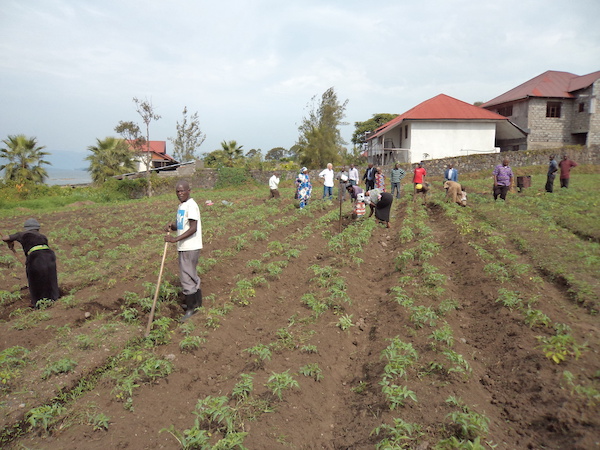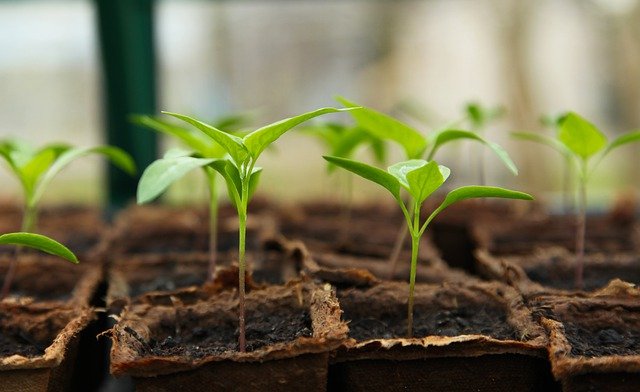By Dr. Tavares Gilmar (Professor Titular na Federal University of Lavras). Adapted from a post originally published in Wikifarmer.
The biofertilizer is a liquid organic fertilizer that can be produced within any rural property, with materials that are easy to find on the property itself, like animal manure and plant remains. Its preparation is very easy and relatively fast, being ideal to complement the fertilization with compost.
Produced and composed from living organisms, it is a fertilizer that contains the main minerals that feed plants directly, increasing nutrient uptake and root biomass while helping the plants control pests and diseases.

Biofertilizer is relatively harmless to humans, animals, and the environment in general and is regarded as: economically viable, ecologically correct, socially just, culturally suitable, technologically appropriate, and scientifically proven.
Thus, it becomes ideal for smallholder producers and/or family farmers, especially those who produce basic and fundamental foods for human consumption.
Regarding Biofertilizer Toxicity
Biofertilizers, in principle, have very low toxicity for people, animals, and the environment. Even so, it is recommended not to come into contact with mouth, nose, ear, and eyes, and as a precautional measure, to wash them out with clear water if they come in contact with the skin. It is recommended as a priority to keep children away when Biofertilizers are produced, handled, stored, and used. Adults who are handling Biofertilizers, even if there is no apparent contact, they should wash their hands, arms, and the entire face with clean water after handling the biofertilizers. If there is contact with any part of the body, this part should be washed with clean water.
However, these recommendations are only precautional. In principle, Biofertilizers have very low toxicity. Biofertilizers can be used in any cultivation, but as for any fertilizer, should avoid overuse. The overuse of Biofertilizers can cause chemical, physical, and biological imbalances, making the soil unsuitable for the cultivation of certain species, in the same way as chemical fertilizers.
Conclusion
The current growing demand for healthy foods and the need to use agricultural inputs that do not bring risks to human health, animals, and the environment in general, have increased and now consist of a pressuring issue driving significant changes in the sector.
In this context, Biofertilizers are rising as solutions for the production of healthy food and socio-environmental protection.
Image credit: Pixabay






